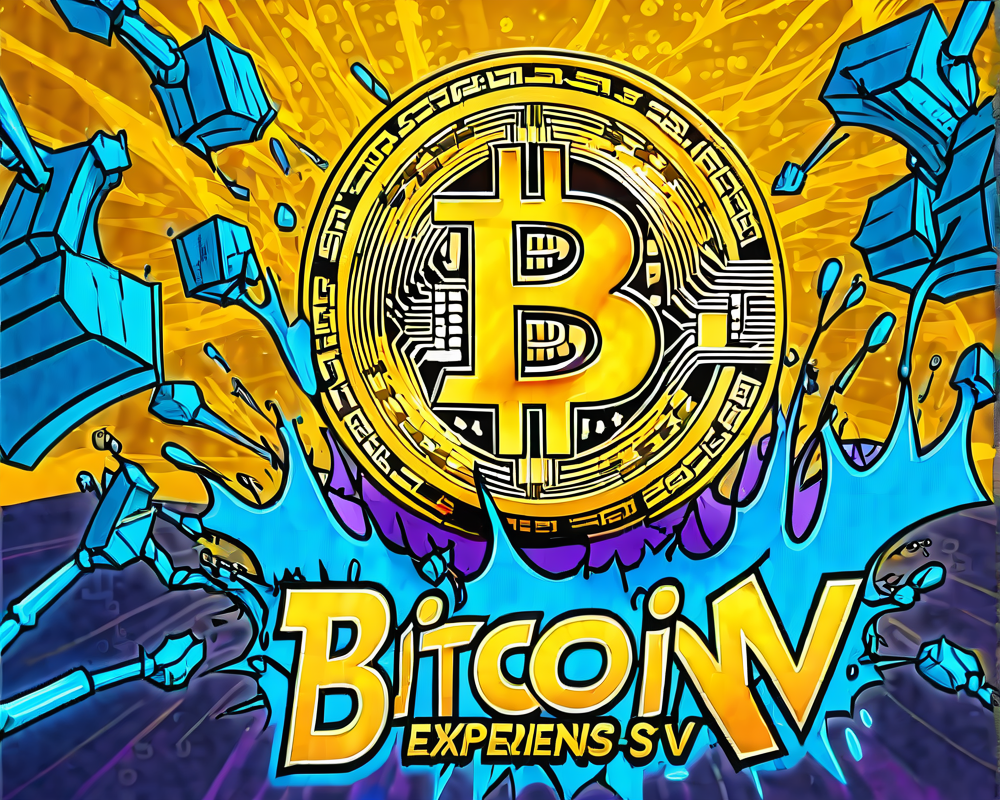Introduction to 51% Attacks
While blockchain technology provides tantalizing promises of security and transparency, it is not immune to attacks. Cryptocurrencies such as Bitcoin SV (BSV), Litecoin Cash (LCC), and Ethereum Classic (ETC) have experienced 51% attacks, posing significant threats to network integrity. But what exactly is a 51% attack, and how does it impact the wider blockchain landscape?
Defining a 51% Attack
A 51% attack, also known as a majority attack, occurs when a group of miners or an entity acquires control of more than 50% of the blockchain’s hashing power. This dominance allows them to manipulate the network, reversing transactions and potentially double-spending tokens, akin to counterfeiting currency.
While this method is costly and labor-intensive, smaller blockchains with lower hashing power are particularly vulnerable to such attacks.
How 51% Attacks Work
To grasp how these attacks unfold, consider a scenario where over 50% of validating nodes conspire to create an alternate version of the blockchain or implement a denial-of-service (DoS) attack. The latter effectively paralyzes the network, allowing attackers to introduce new transactions while erasing or altering existing ones.
The Mechanics of Blockchain Validation
Blockchains utilize cryptographic techniques to create chains of blocks that permanently record transactions. Validation occurs through two primary consensus mechanisms:
- Proof-of-Work (PoW): Nodes solve complex mathematical puzzles to verify transactions.
- Proof-of-Stake (PoS): Validators are determined based on the amount of cryptocurrency staked.
In both mechanisms, attackers can execute a 51% attack by either dominating the mining hash rate or controlling a majority of staked tokens.
Likelihood of a 51% Attack
Is a 51% Attack on Bitcoin Possible?
In the context of PoW blockchains like Bitcoin, the probability of a successful attack decreases as the hash rate increases. With Bitcoin’s current hash rate at around 290 exahashes/s, attackers would need to command at least 1.3 million high-powered ASIC miners, costing approximately $10 billion, in addition to incurring electricity costs and losing any mining rewards.
Smaller Networks: An Easier Target
Conversely, networks with lower hash rates, such as Bitcoin SV (590PH/s), create more accessible targets for 51% attacks. PoS blockchains like Ethereum have their own set of challenges and would require malicious actors to acquire over half of the total staked Ether (ETH), which would also imply significant financial investment.
Detecting and Preventing 51% Attacks
Preventative measures against 51% attacks involve monitoring the control of mining power or staked tokens. Blockchains need to continuously track the entities involved in mining and staking to mitigate any risks. For instance, Bitcoin Gold (BTG) suffered repeated attacks because one entity could gain over 50% of the mining hash power cheaply due to its use of GPU-friendly mining.
Staying Vigilant: Monitoring for Attacks
To enhance security, innovations like MIT Media Lab’s Digital Currency Initiative (DCI) actively monitor PoW blockchains and report suspicious activities that suggest double-spending during a 51% attack. This vigilance helps maintain the reliability and trustworthiness of networks.
Additionally, networks transitioning to PoS consensus mechanisms signal a potential decrease in their vulnerability to 51% attacks. While PoW blockchains may face severe risks from such attacks, PoS frameworks often mitigate those risks due to different operational structures.
Conclusion: The Continuously Evolving Landscape of Blockchain Security
As the cryptocurrency ecosystem grows, so too does the complexity of threats like 51% attacks. Understanding how these attacks function is crucial for developers and investors alike. Communities and platforms must stay informed and implement robust monitoring measures to ensure the longevity and security of their blockchain networks. The fight against such vulnerabilities is ongoing, and adaptability remains key to safeguarding the future of decentralized finance.



